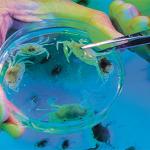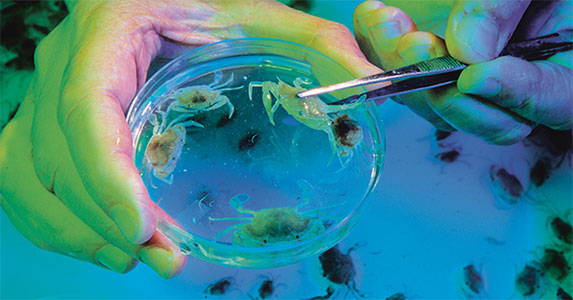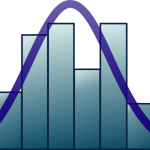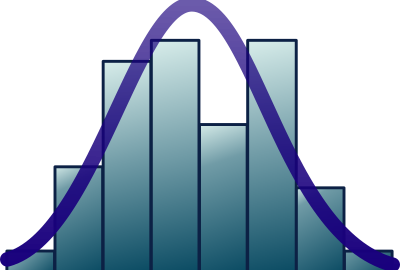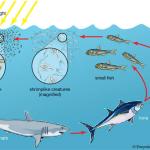Biotechnological potential of marine microorganisms
The course consists of the following sections
Chapter 1: Presentation of the huge diversity of heterotrophic marine microorganisms focusing on the link between biodiversity (adaptation to different habitats, metabolism, communication/interaction..) and their potential biotechnological applications (4h G Le Blay).
Chapter 2 : Presentation of innovative approaches used for marine heterotrophic microorganism isolation (dilution to extinction, micro-encapsulation, optical tweezers, diffusion chambers etc.) and culture (high throughput cultural techniques and design of culture media) (4h G Le Blay).
Chapter 3 : Screening methodologies (cultural and molecular techniques) used for industrial targets (antimicrobial, antifouling, polyhydroxyalkanoate) (4h C Hellio).
Chapter 4 : Presentation of the basic principles of marine microbial biomass and metabolite production (bioreactor design and operation modes, yields and stoichiometry) (4h G Le Blay).
Chapter 5 : Presentation of examples of research applications for the industries with the use of marines microorganisms or metabolites (biofouling, -Presentation of examples of research applications for the industries with the use of marines microorganisms or metabolites (biofouling, exopolysaccharides, polyhydroxyalkanoates) (8h C Hellio, C Simon-Colin).
Chapter 6 : Presentation of molecular tools (data mining) for biotechnological applications (8h M Jebbar, G Burgaud, L Meslet ).
Final Competencies
1 Students will be aware of the huge diversity of marine heterotrophic micro-organisms.
2 Students will understand the link between biodiversity, microbial physiology and potential biotechnological applications.
3 Students will have a basic knowledge on the use of molecular tools for biotechnological applications.
4 Students will have a thorough knowledge of innovative approaches used for the isolation and culture of marine heterotrophic microorganisms.
5 Students will know the basic principles of biomass and metabolites production in bioreactors.
6 Students will be aware of the classically used screening methods.
7 Students will have examples of research applications for the industries with the use of marines microorganisms or metabolites.
Further course information can be found here: https://studiekiezer.ugent.be/studiefiche/en/C004326/2021

